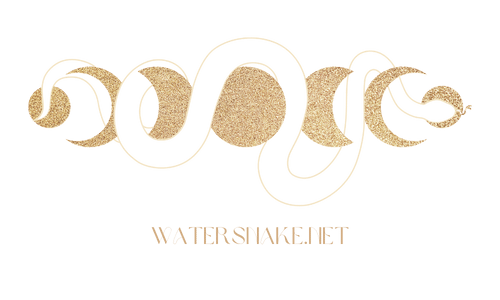Spotting and Addressing Health Concerns in Hognose Snakes
Introduction:
Hognose snakes are a popular species of pet snake due to their charming appearance and relatively easy care requirements. However, like all animals, they are susceptible to various health concerns that owners need to be aware of. This article will delve into some of the most prevalent health concerns encountered in hognose snakes, how to spot them, and how to address them effectively.
1. Respiratory Infections:
Respiratory infections are one of the most common health issues in hognose snakes. They can occur due to a variety of factors, such as improper temperature and humidity levels, poor ventilation, and bacterial or fungal infections. Some signs of respiratory infections in hognose snakes include wheezing, open-mouth breathing, excessive mucus or bubbles from the nose or mouth, decreased appetite, and lethargy.
To address respiratory infections, it is essential to ensure proper husbandry practices. Maintain the enclosure at the appropriate temperature and humidity levels, provide adequate ventilation, and keep the enclosure clean. If the infection persists, it is crucial to seek veterinary care. The veterinarian may prescribe antibiotics or antifungal medication to treat the infection.
2. Parasites:
Hognose snakes are prone to various internal and external parasites, such as mites, ticks, roundworms, and coccidia. Parasite infestations can cause weight loss, diarrhea, loss of appetite, poor overall condition, and skin irritation. It is crucial to regularly monitor hognose snakes for signs of parasites and perform routine fecal examinations.
To address parasitic infestations, consult a veterinarian experienced in reptile care. They will conduct fecal tests to identify the specific parasites and prescribe appropriate medications for treatment. Additionally, maintaining proper hygiene, quarantining new snakes, and keeping the enclosure clean can help prevent recurrent infestations.
3. Mouth Rot (Stomatitis):
Mouth rot, also known as stomatitis, is a bacterial infection that affects the oral cavity of hognose snakes. It can be caused by poor husbandry, such as dirty substrate, inadequate humidity levels, and injuries to the mouth. Some signs of mouth rot include excessive drooling, swollen or discolored gums, difficulty eating, and bad breath.
To address mouth rot, it is crucial to improve husbandry practices. Clean the enclosure regularly, ensure proper humidity levels, and provide a clean water source. If the infection persists, the snake may require antibiotic treatment. Consult a reptile veterinarian for a proper diagnosis and treatment plan.
4. Skin Issues:
Hognose snakes can suffer from various skin issues, including scale infections, blisters, shedding problems, and thermal burns. Skin infections can occur due to dirty substrate, inadequate humidity levels, and poor shedding. Some signs of skin issues in hognose snakes include redness, swelling, sores, blisters, and difficulty shedding.
To address skin issues, maintain proper humidity levels in the enclosure and ensure clean substrate. Provide appropriate shedding aids such as moist hides and ensure a smooth shedding process. If skin issues persist or worsen, consult a reptile veterinarian for evaluation and treatment. They may prescribe topical or oral medications to address the infection or other skin conditions.
5. Digestive Issues:
Hognose snakes can experience various digestive issues, including regurgitation, lack of appetite, and constipation. These issues can be caused by improper feeding practices, such as offering prey that is too large or feeding inappropriately sized prey items too frequently.
To address digestive issues, ensure that prey items are appropriately sized for the snake’s age and size. Offer prey at the correct intervals, allowing the snake enough time to digest. If the snake continues to experience digestive issues, consult a veterinarian for further evaluation and advice.
Conclusion:
As hognose snake owners, it is essential to be vigilant and proactive in addressing any health concerns that may arise. Regularly monitor your snake for any signs of illness, maintain proper husbandry practices, and seek veterinary care when necessary. By being proactive, you can ensure the overall health and well-being of your beloved hognose snake.
